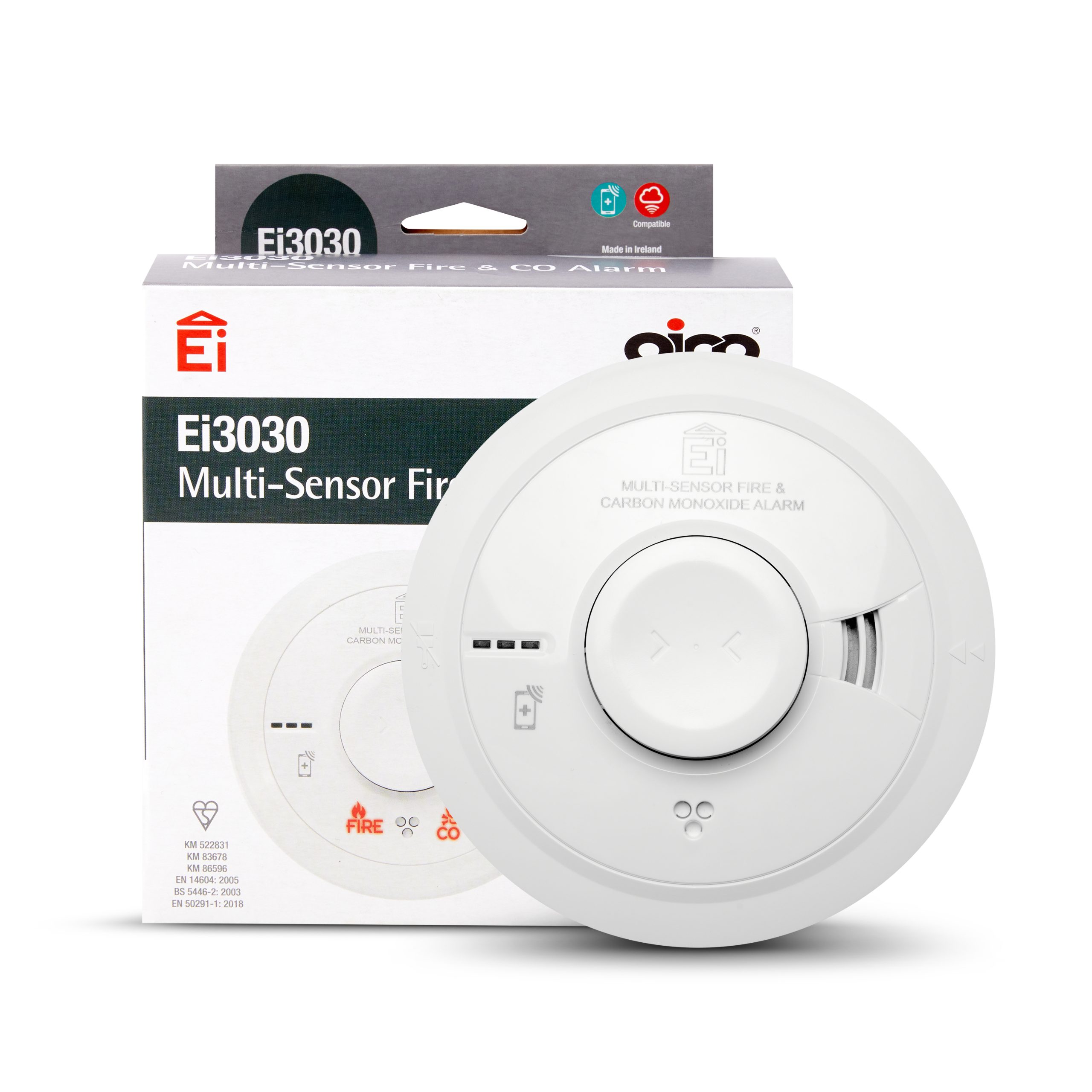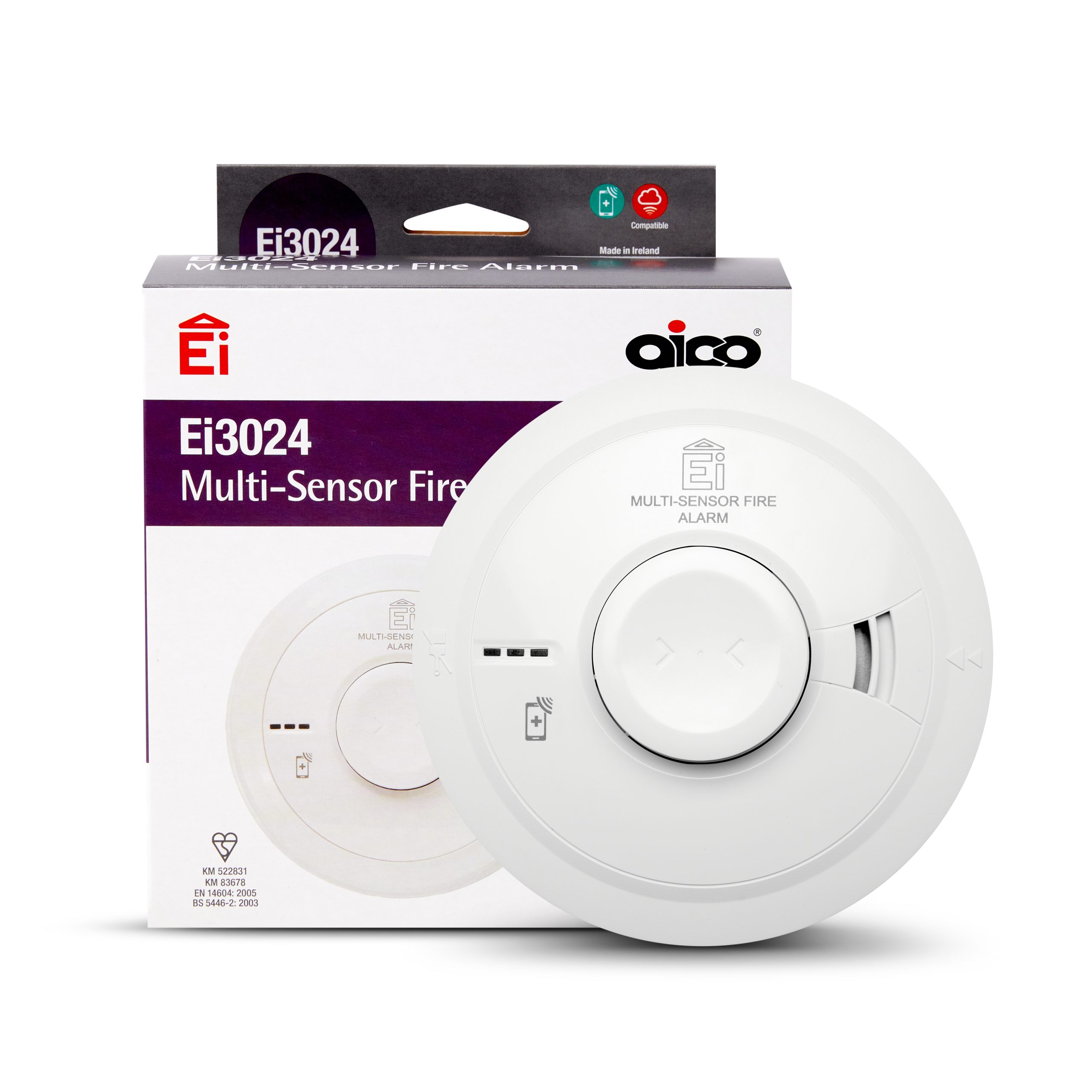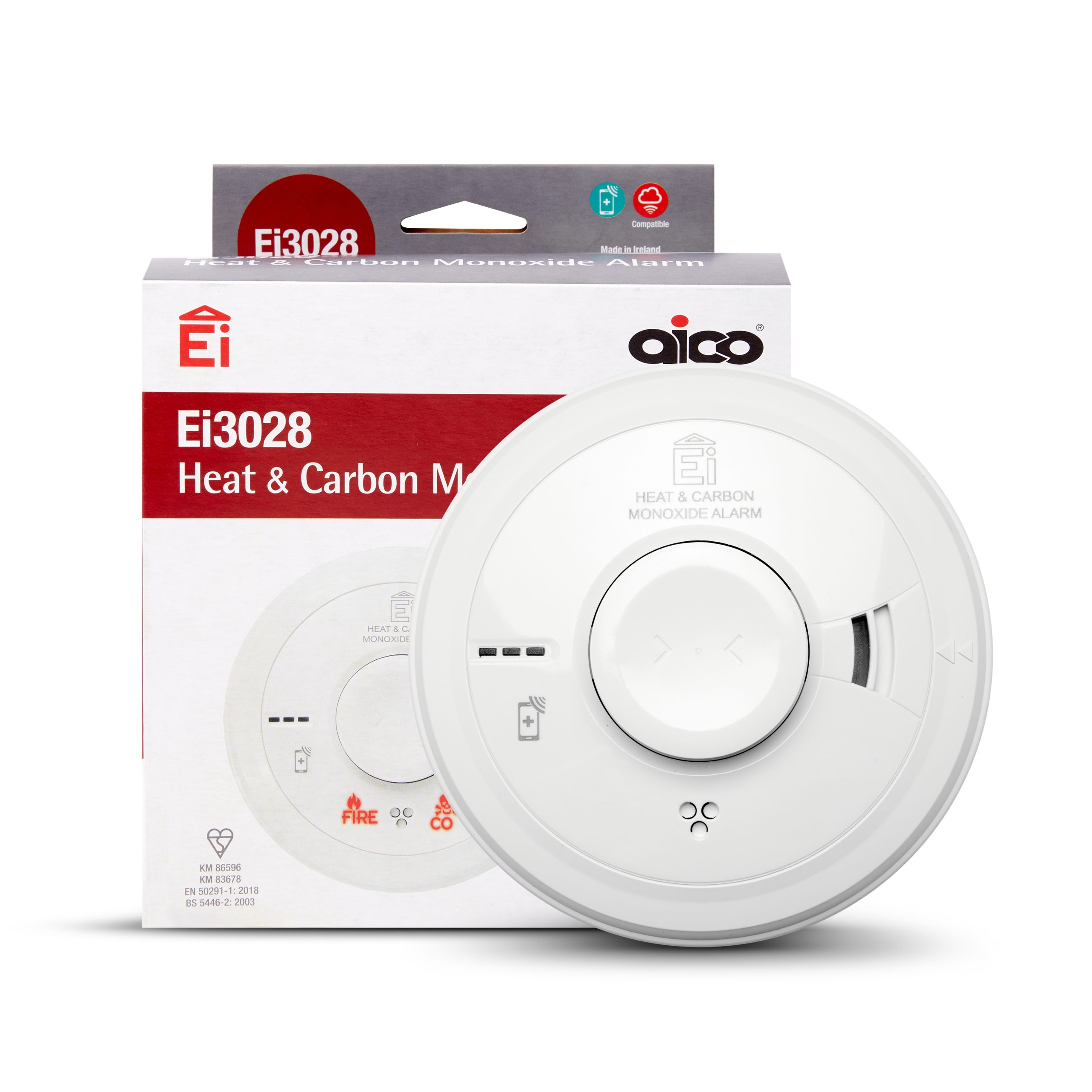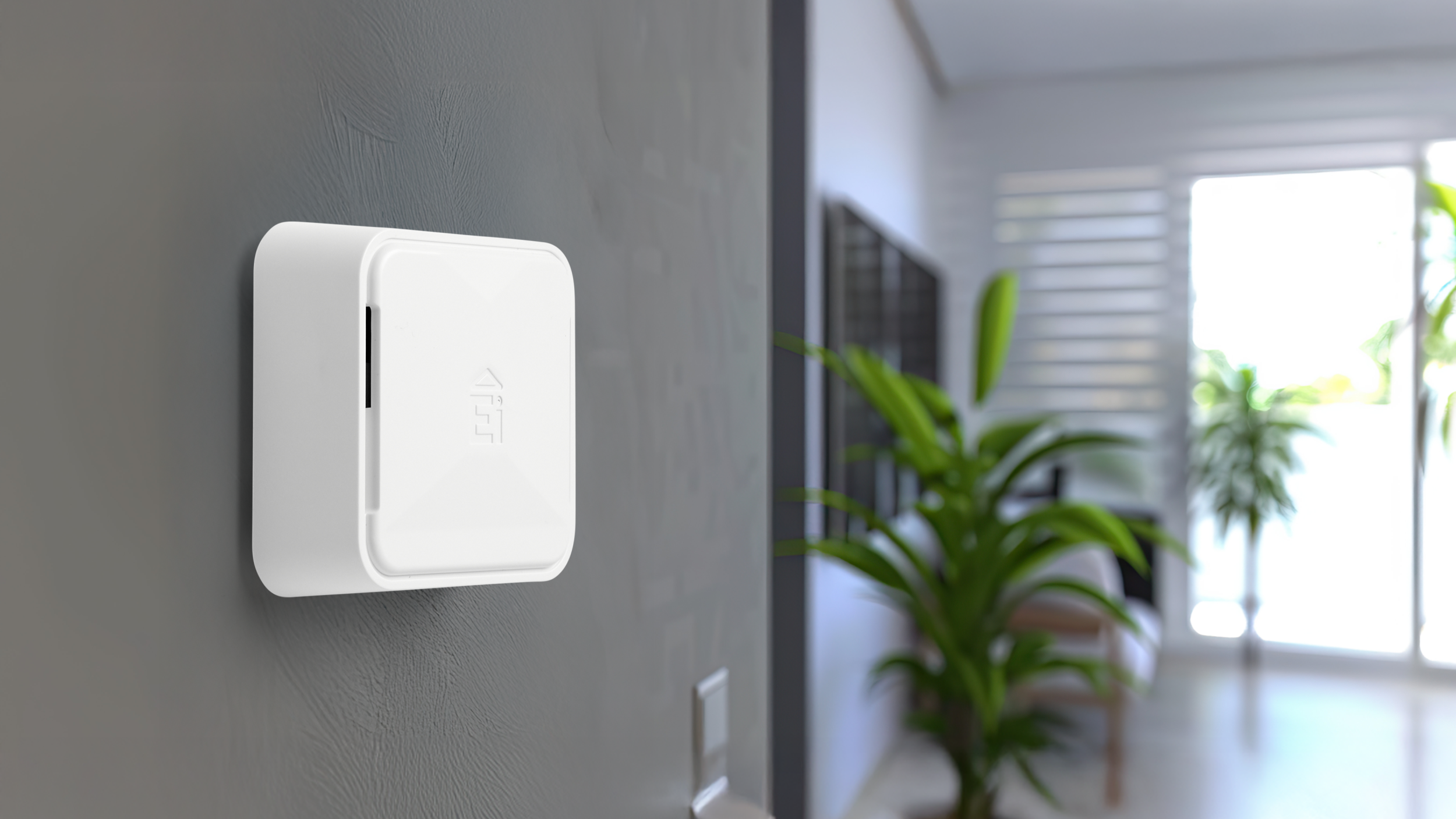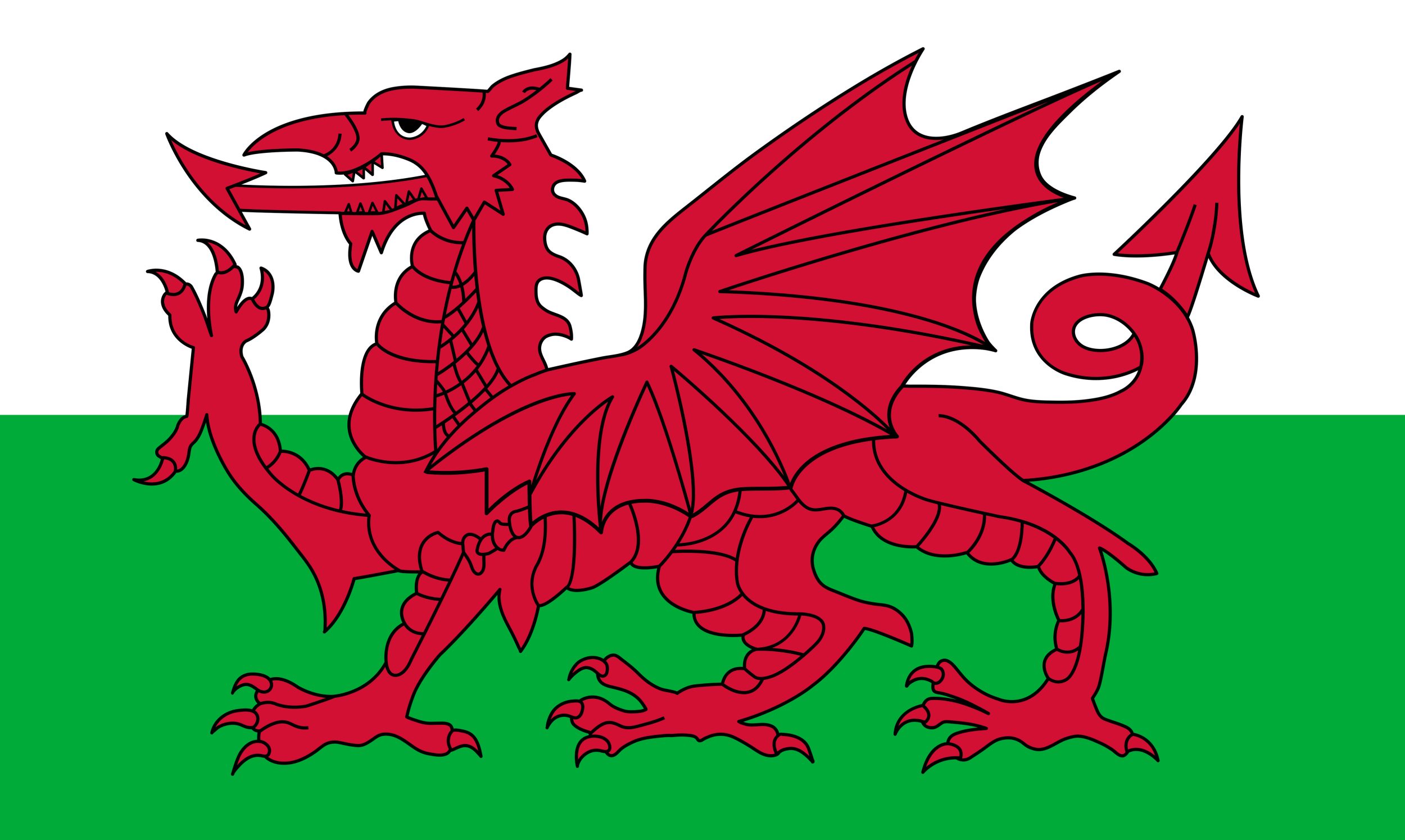The Pros and Cons of Smart Home Technology
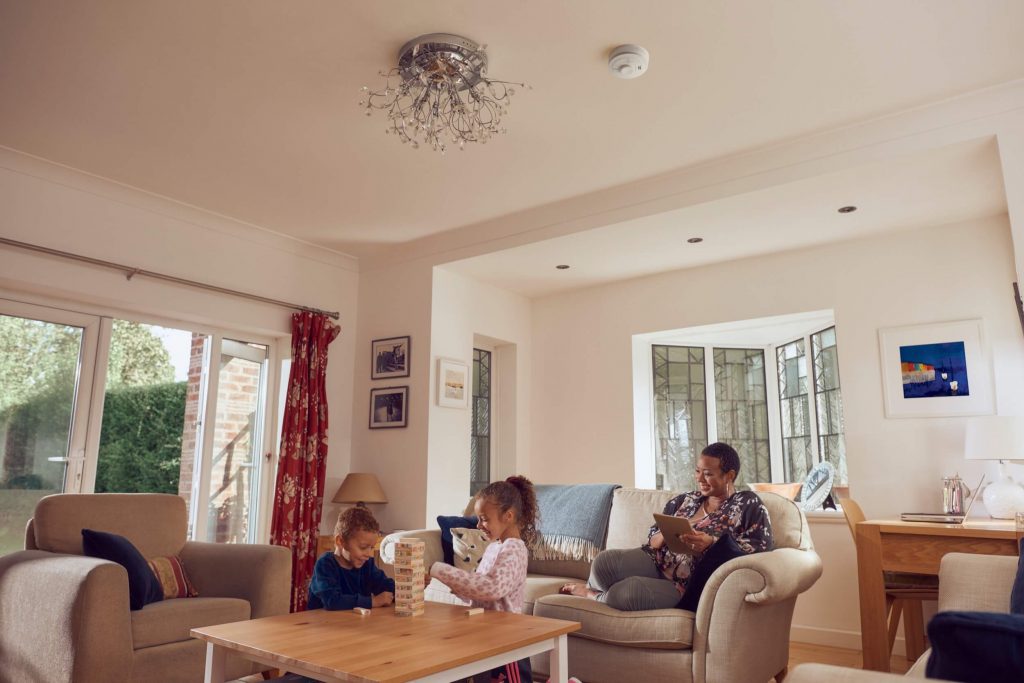
Smart Home technology has advanced in leaps and bounds over the last several years, including wearable tech and smart TVs making their way into many homes. These Smart Home technologies are not just novelty, but can have a serious impact on the way in which we keep both ourselves and our homes healthy.
Aico is revolutionising how technology is used within fire and home life safety, with our HomeLINK connected home offering making data stored within Fire, Carbon Monoxide (CO) alarms and Environmental Sensors readily available. Resolving why alarms are sounding, preventing disrepair within the home, alerting landlords and social housing providers to alarm incidents.
What are smart home devices?
Smart Home devices are interconnected through the internet, allowing users to control functions within a home such as home security, temperature, lighting, or simply view information about the condition of a home and the devices within it at the click of a button using either a desktop dashboard or mobile app.
Within the private rental property and social housing sectors these Smart Home technologies can have huge benefits, from ensuring homes stay in good repair to maintaining high standards of fire safety. Aico’s connected home offering tracks and monitors data directly from HomeLINK Environmental Sensors and Aico alarm heads, generating actionable insights available on a user-friendly portal.
The benefits of smart home technology
Convenience
Smart Home technology enables systems to be automated and integrated to meet specific needs – for example being able to view data on the air quality within the home by checking the app or portal. The HomeLINK Portal saves time and makes it easier for landlords to identify homes that need improvements, without having to gain access to the property.
Safety
Real-time alerts from smart home technology like Aico’s Ei1000G Gateway increases the safety of homes. The Gateway can send out email and text notifications to landlords, ensuring they can react quickly when a Fire or Carbon Monoxide alarm sounds, giving tenants advice over the phone and contacting the proper emergency services for the tenant. Other technologies, like the HomeLINK Environmental Sensors connect to the HomeLINK Portal and App giving both tenants and landlords up-to-date insights about the indoor environment within the home. These platforms also give both tenants and landlords advice on how to improve conditions, for example opening windows to improve air circulation, reducing CO2 levels.
Adaptable
The modular design of Aico’s Smart Home system means that landlords can start by trialing the interconnected alarm heads and Gateway, for example, and then add to their Connected Home collection with the Environmental Sensors. The ability to add devices after the installation of the Gateway enables landlords to gradually introduce this Smart Home technology into their properties, so they can keep track of alarm activations and events, whilst giving tenants time to adjust to the new technology.
Assists
The goal of many smart home technologies is to make life easier including for vulnerable groups such as the elderly and disabled residents. From technology that turns the lights and radios on through voice command, to alarms and gateways that send out alerts to landlords as soon as an alarm activates, smart home technology can be used to improve the lives of millions.
Things to consider with smart home technology
Like with all technology, whilst there are huge benefits there are other aspects to consider too when looking into the use of Smart Home devices.
Reliable Internet Connection
Almost all Smart Home technology relies on the internet to function, so if the connection fails the technology will be disrupted. This means that Smart Home technology users are heavily reliant on household internet connections working perfectly.
Other Smart Home technologies, like Aico’s Gateway, uses a 2G connection to transfer data, ensuring that they can gather and transmit information regardless of whether there is a sound internet connection within the property.
Initial Investment
When adopting new technology and systems there is usually an initial cost when it comes to installation and implementation.
However, this cost eventually cancels itself out through the cost savings it achieves and the benefits it provides to the users. For example, connected Fire and CO alarms highlights issues within the alarms, reducing the burden of inspection times as landlords can see through the portal which alarms in which properties need replacing. This leads to alarms only being replaced when they need to be, rather than alarms being replaced on previously set timescales regardless of whether they are fully-functional, thus reducing waste and the cost.
Initial Learning Period
As this technology may be new to the individuals who will be using it, there will be an initial period where users need to learn how the smart technology works, what they can and cannot do with it, and how best to utilise it for their benefit.
However, once that initial learning period passes, using Smart Home technology becomes an efficient norm, saving time and cost. By empowering residents through Smart Home technology that provides them with data and personalised insights into the health of their home, HomeLINK enables landlords to see an improvement in the maintenance and health of housing stock with less intervention, while residents can save money by running their homes with energy efficiency in mind.
Smart Home technology comes in a wide range of shapes and sizes and can bring many benefits to a range of people. From making everyday tasks easier to helping landlords improve the living conditions, health and wellbeing of their tenants. Home life safety is one of the biggest benefits Smart Home technology can offer. With Aico’s HomeLINK connected home offering consisting of Fire and CO alarms, Environmental Sensors, and the HomeLINK App, Portal and Gateway (Ei1000G), landlords and tenants can be kept up-to-date with insights into the health of their homes.
Connected homes are safer homes, improve health and safety in UK homes today.

